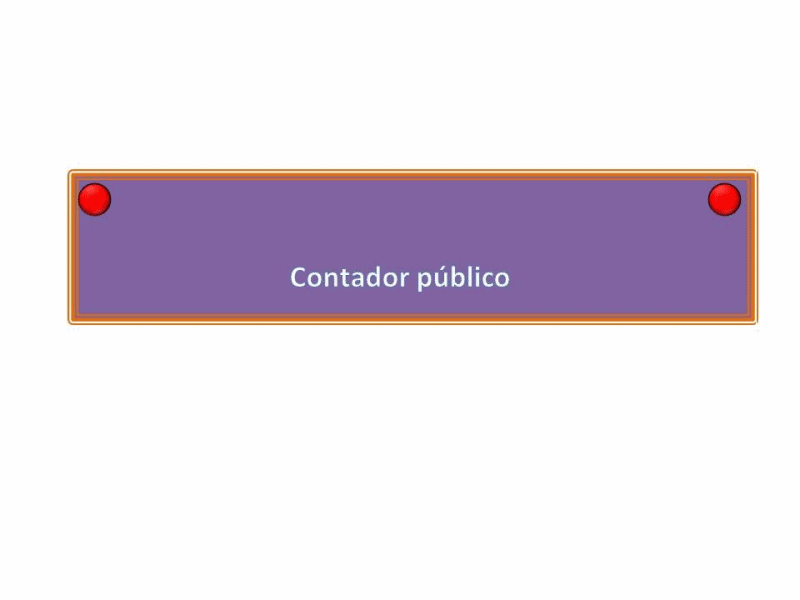Blockchain technology in companies.
Origin and definition of the blockchain.
In recent years the term blockchain has expanded and generated more importance. But what does blockchain mean?
This blockchain was first made public in an article by Satoshi Nakamoto in 2008 where everything was born from a dream of creating a decentralized payment system, from this was born the Bitcoin being this the first virtual currency where its base is supported by the blockchain.

Many professionals come to the conclusion that it is a kind of database or records that eliminates intermediaries and decentralizes management, i.e. all movements become in the hands of the users themselves.
The second generation of the digital revolution has been largely driven by this technology, which brings with it the internet of value: "a new platform destined to reshape the business world and transform, for the better, the old order of business" - Don Tapscott.
Now knowing a little about this term do you know how this blockchain works?
The blockchain has generated more than a technological revolution, since this is also to respond to a problem of trust in a world that is currently more interconnected and more impersonal, since the purpose is transparency in a non-manipulable system and that there is trust between the participants in a business.
All this is possible by using algorithms such as hashing, which allows information to be organized in blocks that guarantee the security of all information. Thus the records are linked and encrypted, as a result all transactions are verified by users and thus the block is recorded perfectly.
In these 6 steps blockchain technology works with respect to cryptocurrencies.
- A wants to send money to B.
- The transaction will be represented on the network as data contained in a "block".
- This block is transmitted to the various parts of the network.
- The network users verify that the transaction is valid.
- Once verified, the block is added to the chain providing a transparent record of the activity.
- Money is moved from A to B.
What does traceability on the blockchain help with?.
Briefly traceability helps the possibility of having a traceability of absolutely everything without relying on a "trusted third party".
If talking about cryptocurrencies traceability facilitates us the possibility to know the status of our transaction, since we request it until it is completely fulfilled.
If we put it to work in the automotive industry, this will allow us to collect all the documentation of a vehicle and create a block structure with all the corresponding data and the maintenance performed.
In this way, traceability brings us many advantages for commercial actions and delivery confirmations. It benefits with information security, as well as providing proof of the integrity and origin of everything.
The blockchain guarantees security and transparency .
Currently there is a day by day that manifests itself before our eyes, and first of all we must consider the influence of new social trends, the great value of transparency, access the information, among others.
If it is necessary to have an example linked to reality, it is the application of blockchain technology to services where transparency and security are essential. Such is the case of financial activities or compliance with the European General Data Protection Regulation (GDPR).
Thanks to this today many professionals have found the possibility to design solutions for their main objectives, since today technology gives us the transparency and security to achieve any goal we set.
Transparency is the basis of trust (applies to all phases of our lives).
What happens to the information collected by the blockchain?.
Once the information is registered to the blockchain, it is impossible for that information to be modified or altered without being noticed. All this happens because the data is related or chained to each other.
If just a single bit were to be modified, it would be quickly detected, since the system is capable of preventing manipulation.
Sometimes some critics have pointed to cryptocurrencies as an easy target for blockchain, however they say these things because they do not know that this blockchain, cryptography, network, replicated files and everything related to this provide all the necessary confidence to make all the necessary with total peace of mind.
Another fact to note is that thanks to blockchain technology it is possible to trace money, even if you do not know who it belongs to, all this in the field of pseudo-anonymity.
Of course, with this technology we have many advantages.
Currently the Blockchain has in its hands a transformative potential for many industries.
But at this point we will only look at the advantages in the healthcare, economy, and industry 4.0 sectors:
-In the digital signatures that are headed by the blockchain allow to have a control of the availability and access of medical records.
-When you want to make any economic transaction, this can be done at any time and place, through a totally secure record.
-There is no need for intermediaries.
-Thanks to the privacy of the data, many brands continue to place their trust in this method.
-Between organizations, the information exchanged is of higher quality and credibility.
-As mentioned before, there is no possibility of data tampering.
-Low transaction fees.
-Thanks to the network of nodes, it is possible to verify that no errors occur.
-Greater agility and speed in processes and transactions.
It should be added that in spite of these advantages, some professionals point out several disadvantages such as, for example, the loss of jobs since no intermediaries are needed here, however, this would be a minimal advantage and work is already being done to solve this problem.
Recommended Bibliographic Reference.
[1]A tour of Blockchain Technology in Businesses

Electronic-terrorism, voice to skull and neuro monitoring on Hive and Steem. You can ignore this, but your going to wish you didnt soon. This is happening whether you believe it or not. https://ecency.com/fyrstikken/@fairandbalanced/i-am-the-only-motherfucker-on-the-internet-pointing-to-a-direct-source-for-voice-to-skull-electronic-terrorism